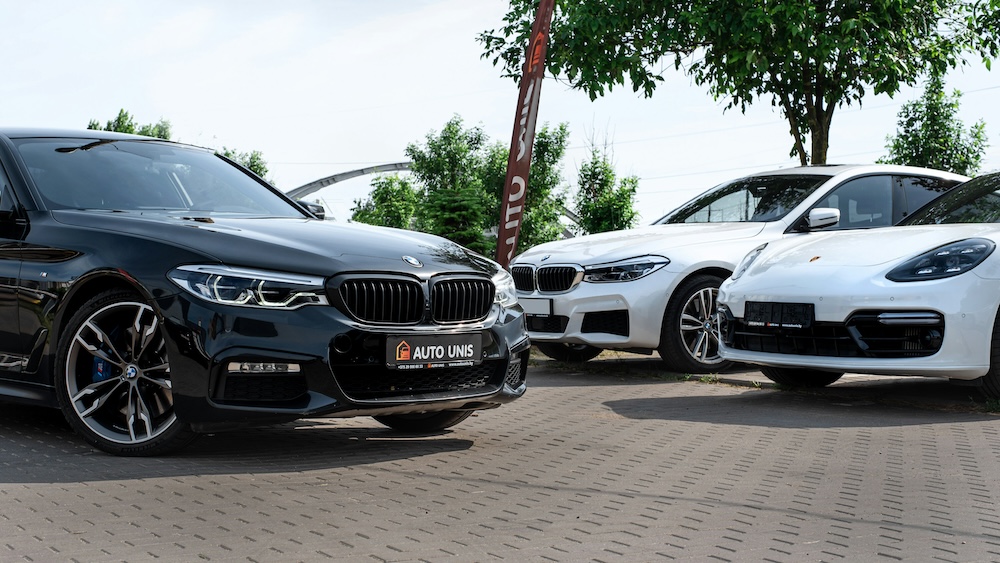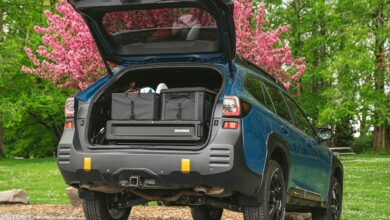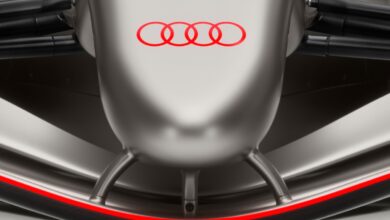Open Lending: New & Used Vehicle Markets Stabilizing
Report shows the near- & non-prime new vehicle market is improving while the used vehicle market remains solid…

New vehicle registrations have risen and used vehicle registrations have stabilized in the past year, according to automotive lending company Open Lending Corp.
The organization’s Near- and Non-Prime Consumer Brief, the latest installment in its quarterly series of data reports on vehicle registrations, found that the near- and non-prime new vehicle market is improving while the used vehicle market continues to stabilize. Though supply remains below pre-pandemic levels, in Q2 2024, new vehicle registrations among near- and non-prime consumers rose by 1% year-over-year and 7% compared to Q1.
Meanwhile, used vehicle registrations dropped to 95% of last year’s level and fell 5% from Q1, reflecting ongoing supply and pricing challenges, according to Open Lending officials.
“While the automotive market continues to show signs of recovery, the cost of a vehicle is still a strain for many near- and non-prime credit buyers who rely on used vehicle inventory, which continues to sit below pre-COVID levels. But pent-up demand now could mean better used vehicle options in 2025, as decreasing interest rates prompt buyers to sell or trade in their current vehicles,” says Kevin Filan, SVP of marketing at Open Lending.
For automotive lenders, the shifting dynamics signal an opportunity to forge new borrower relationships and help near- and non-prime consumers access the vehicles they need, he adds.
New vehicle payments are rising, but used vehicle payments are starting to fall. The average monthly payment for new vehicle loans increased $10 year-over-year in the second quarter of 2024, compared to a $10 decrease for used vehicle monthly payments during the same period, the report found.
Compact utility vehicles continue to be the top choice for near- and non-prime borrowers, but other segments are gaining popularity. Subcompact utility-plus vehicles accounted for 13% of new vehicles purchased by near- and non-prime consumers in Q2, compared to just 5% in Q2 2020, the report states.
Meanwhile, fewer borrowers purchased new, full-size half-ton pickups, possibly indicating a shift toward more affordable and fuel-efficient vehicles.



